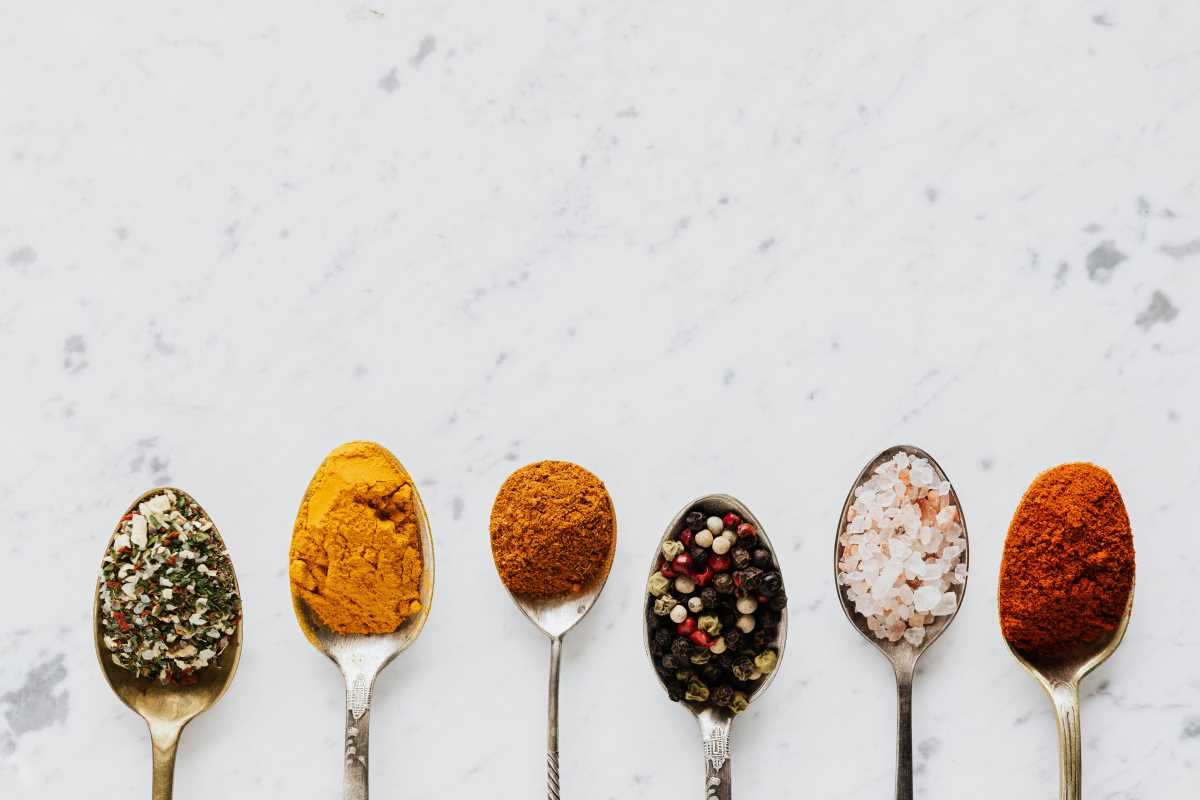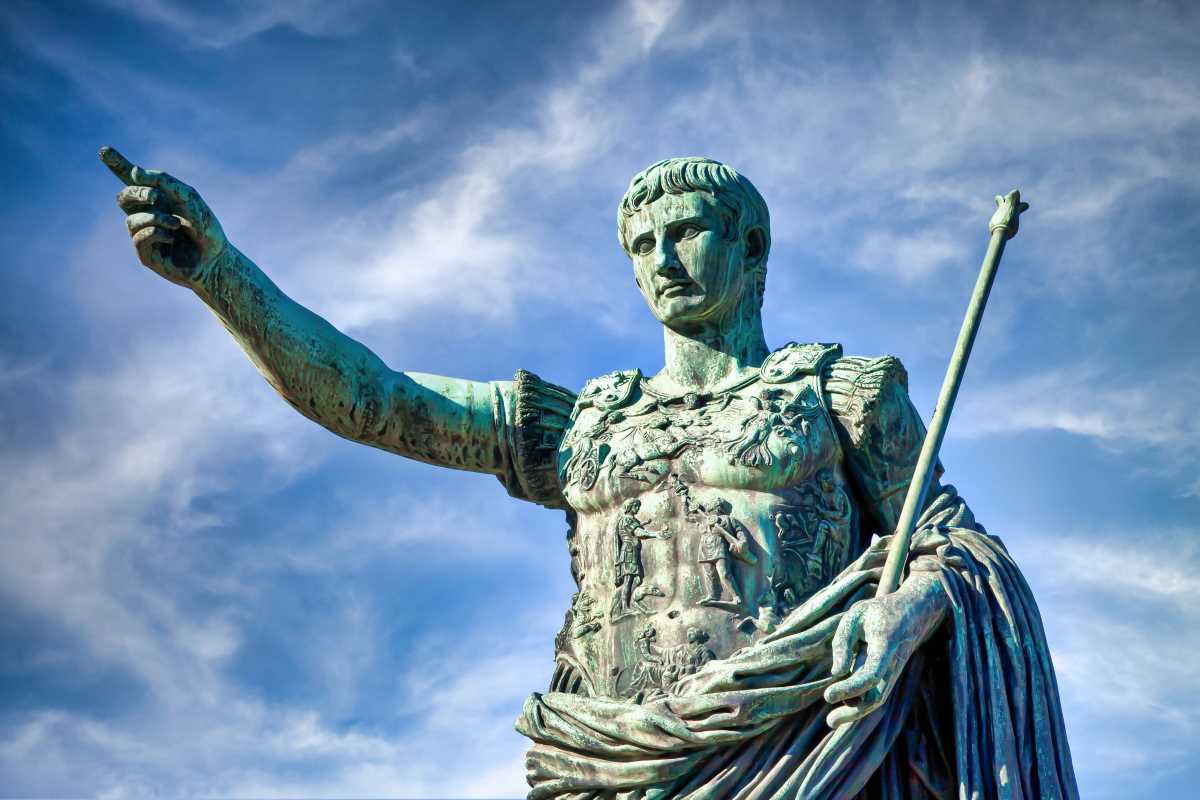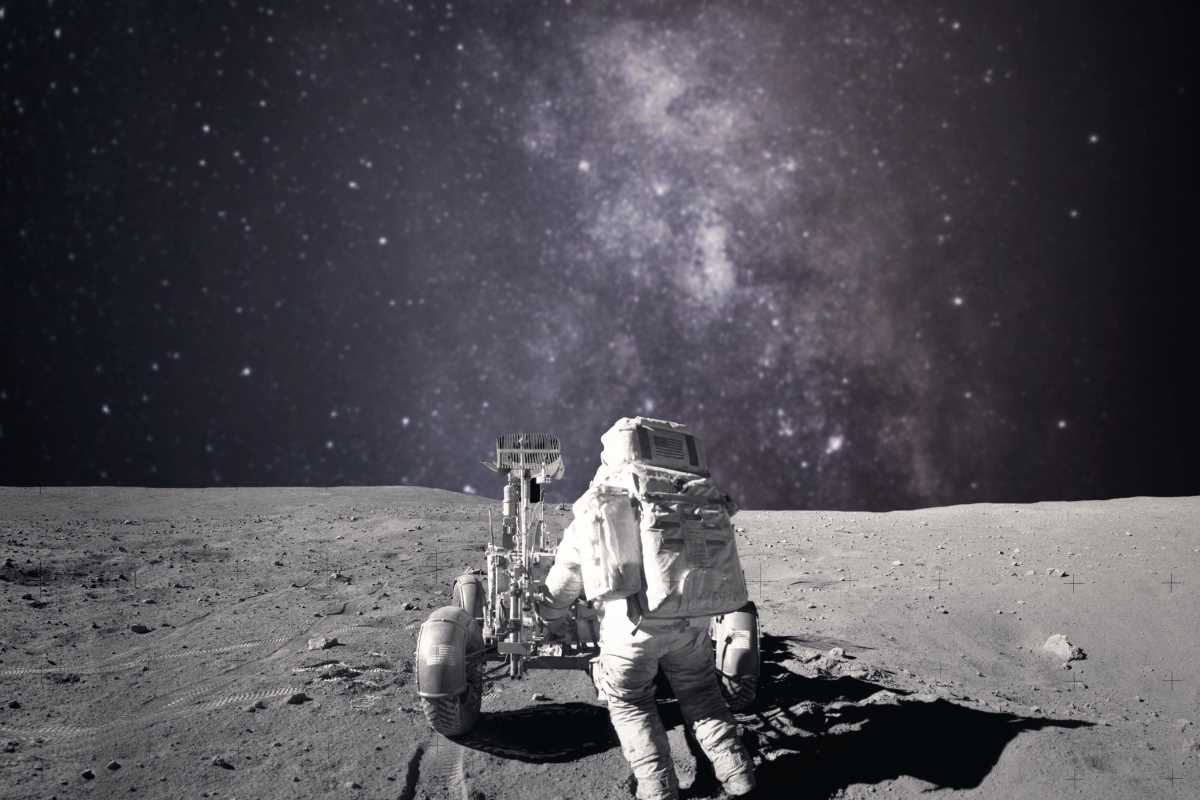Imagine your favorite dish without a sprinkle of spice. Pretty bland, right? Spices are so common today that they’re often taken for granted. But centuries ago, they were worth their weight in gold. Black pepper, cinnamon, nutmeg, and cloves were once so precious that they could change the fate of empires. Entire kingdoms scrambled for control of the spice trade, forging new routes, battling rivals, and even discovering continents along the way. Let’s take a step back in time to unravel the fascinating story of spices and their incredible role in shaping global trade, exploration, and cultural exchange.
The Origins of the Spice Trade
The obsession with spices began thousands of years ago, long before they became a status symbol in medieval Europe. Ancient civilizations in Egypt, India, and China adored spices for flavoring food, medicine, religious rituals, and preserving goods. Myrrh and frankincense, for example, were burned as offerings to the gods, while ginger and turmeric were prized for their healing properties.
The demand for spices created trade routes that stretched vast distances. The Silk Road, a network of land routes connecting Asia, the Middle East, and Europe, played a major role in delivering these aromatic treasures. But even more important was the maritime route known as the Spice Route. Indian and Arab traders were the masters of the seas, traveling across the Indian Ocean to bring spices from the lush islands of Southeast Asia to markets in the Middle East and beyond.
Medieval Europe’s Spice Craze
Fast forward to medieval Europe, and spices became nothing short of a luxury obsession. By this time, spices like black pepper, cinnamon, and saffron were considered a mark of wealth and sophistication. Feasting on spiced dishes sent a loud message that you were rich enough to afford these exotic imports. Back then, pepper acted as currency. It was so valuable it became known as “black gold.”
Spices are so expensive because of how they reached Europe. After traveling long distances from the East, spices passed through the hands of Arab, Venetian, and Genoese merchants. Each middleman added their markup, and by the time the spices reached European markets, their price had skyrocketed. This expense made spices a highly sought-after commodity and turned the spice trade into a lucrative but competitive business.
Spices Spark the Age of Exploration
By the 15th century, Europe’s thirst for spices was at an all-time high. Monarchs and merchants alike were eager to find a way to cut out the middlemen and gain direct access to spice-producing lands. This hunger for profit and control was one of the main drivers of the Age of Exploration.
One of the earliest examples was the Portuguese. Under Prince Henry the Navigator’s guidance, Portuguese explorers sought to find a sea route to India, the heart of the spice trade. Their efforts paid off when Vasco da Gama sailed around Africa’s Cape of Good Hope in 1498, opening a direct maritime trade connection with India. Suddenly, Portugal had a monopoly on the European spice trade, becoming immensely wealthy in the process.
Not to be outdone, Spain sponsored Christopher Columbus, who sailed westward in 1492 in search of a shortcut to Asia’s spices. Though he didn’t find what he was looking for, Columbus stumbled upon the Americas, setting off centuries of European colonization and conquest. Later, the Dutch and English also got in on the action. The Dutch East India Company became a dominant force in the spice trade, controlling islands like the Moluccas, also known as the “Spice Islands,” while the British East India Company began its own exploits in India.
Spices as Agents of Cultural Exchange
The spice trade led to new trade routes, power struggles, and acted as a bridge between cultures. The movement of spices across regions allowed for the exchange of ideas, traditions, and technologies. For instance, European explorers didn’t just introduce Christianity to the lands they colonized, but also brought back new foods, plants, and knowledge.
Similarly, spices like chili peppers and vanilla, native to the Americas, were introduced to Europe and Asia, forever altering cuisines. Indian curries, Indonesian sambals, and even Italian tomato sauces owe some of their flavor profiles to these cultural exchanges. This back-and-forth not only enriched diets but also laid the groundwork for the globalization of food we see today.
The Decline of the Spice Trade’s Golden Era
While the spice trade dominated global commerce for centuries, its importance began to fade in the 18th and 19th centuries. One reason was the advent of European colonization, which allowed imperial powers to grow spices directly in their colonies rather than relying on trade. Once found only in Southeast Asia, nutmeg and cloves began to be cultivated in places like the Caribbean. This led to an increase in supply and a drop in prices, making spices far more accessible.
At the same time, the Industrial Revolution brought new economic priorities. Innovations in agriculture and trade reduced the reliance on luxury goods like spices, while the rise of manufactured goods took center stage.
Though they no longer drive empires or exploration, spices left a lasting legacy. They transformed economies, inspired countless voyages, and bridged cultures around the world. Today, spices like cumin, ginger, and oregano are pantry staples, but their history reminds us of the extraordinary impact they once carried.
 (Image via
(Image via





